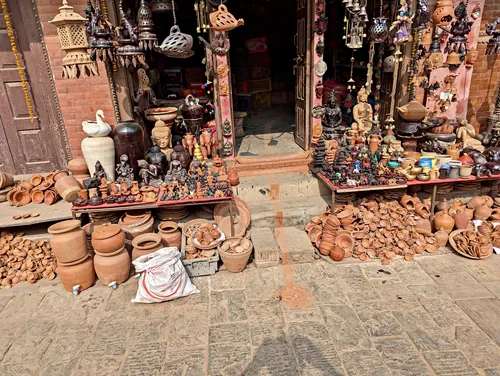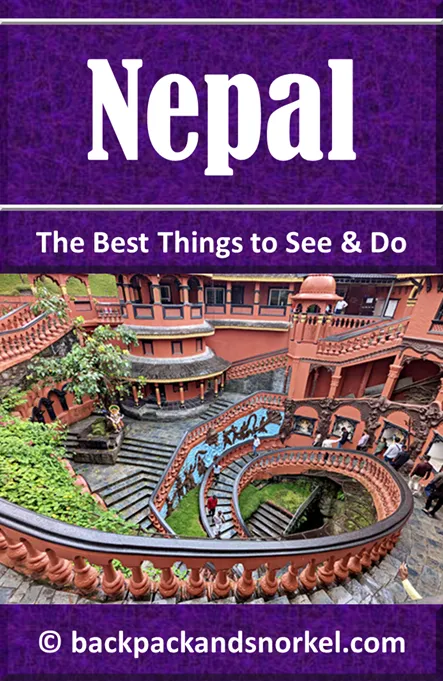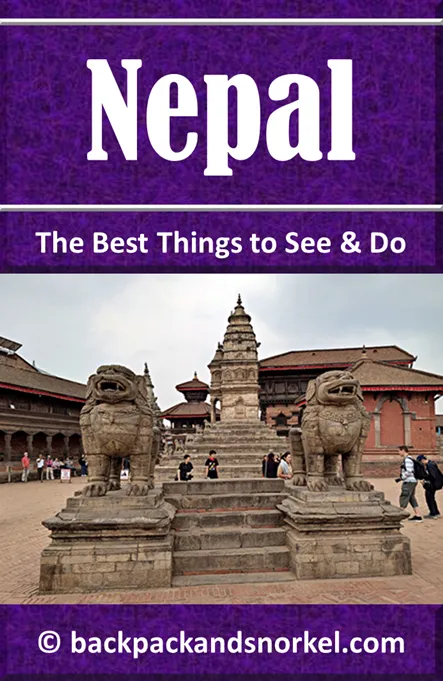Pottery Square in Bhaktapur: Your Guide to the Artisan's Realm - Nepal Purple Travel Guide
(map, reviews)
This is Premium Content! To access it, please download our
Backpack and Snorkel Purple Travel GuidePottery Square in Bhaktapur: Where Tradition Takes Shape in Clay
Pottery Square is located in the ‘Talako Tole’ residential neighborhood of Bhaktapur. Talako Tole is Nepali and means ‘Lower Neighborhood’. The area is also known as ‘Kumal Tole’. The Kumal are a distinct ethnic group or caste in Nepal, primarily known for their traditional occupation of pottery making.




Here at Backpack and Snorkel Travel Guides, we typically promote self-guided walking tours.
But we realize that not everybody likes to walk by themselves in a foreign city. So, just in case that you rather go with ab guide: NO PROBLEM! Please see the Viator tours below.
free GuruWalk tours
paid Viator tours
The Origin of the Name and the Craft
The pottery tradition in Bhaktapur dates back over 1,000 years, originating during the Licchavi period (approximately 400–750 AD) or even earlier. The Newar community, indigenous to the Kathmandu Valley, has carried this tradition forward for generations. From everyday household items to ritual vessels used in Hindu and Buddhist ceremonies, clay products are an essential part of Nepali life.
Where the Magic Happens: Pottery Square
At the center of this enduring craft is Pottery Square. Here, visitors can witness the entire process of traditional pottery-making unfold in real time. Artisans, seated beside spinning wheels or crouched over slabs of wet clay, mold intricate shapes with remarkable speed and precision.
The square is often filled with rows of drying clay pots, bowls, piggy banks, lamps, etc., each carefully placed under the sun. Some products are then kiln-fired in open brick kilns, while others are finished using traditional smoke-firing methods to achieve a distinct black hue.
The Pottery Process: From Clay to Craft
The pottery-making process in Bhaktapur begins with locally sourced clay, which is cleaned, kneaded, and prepared to ensure consistency. Traditional potter’s wheels, some of which are still manually spun, are used to shape the items, a skill that takes years to master. After shaping, the pieces are air-dried for several days before being fired in kilns.
The most common types of pottery produced include:
Matka (water pots)
Diyo (clay lamps used in festivals like Tihar)
Handi (cooking pots)
Decorative items and souvenirs
Each item is both functional and artistic, showcasing the heritage and skill of Bhaktapur’s potters.
Challenges and Revival Efforts
Despite its cultural significance, the pottery industry in Bhaktapur faces several challenges. The rise of mass-produced plastic and metal goods has reduced local demand for traditional clay products. Additionally, younger generations are often drawn to alternative careers, leading to a decline in the number of skilled potters.
However, revitalization efforts are underway. Local NGOs, heritage conservation groups, and tourism boards have recognized the importance of preserving this traditional craft. Workshops, training programs, and fair-trade initiatives are helping to promote pottery as both an art form and a sustainable livelihood.
Tourism also plays a key role in this revival. Travelers who visit Pottery Square and purchase locally made clay items contribute directly to the artisans' income. Some studios even offer pottery-making classes, allowing visitors to try their hand at the wheel and gain a deeper appreciation for the craft.
Cultural and Economic Significance
Pottery is deeply woven into Bhaktapur’s cultural landscape. Many Nepali festivals rely on clay items for religious rituals, especially during Dashain, Tihar, and Gai Jatra. In rural households, clay pots are still preferred for cooking and storing water due to their natural cooling properties.
Economically, pottery supports dozens of families in Bhaktapur. While not as dominant as it once was, it remains a meaningful source of income and a symbol of pride for the community.
Back to your self-guided tour
Author: Rudy at Backpack and Snorkel
Bio: Owner of Backpack and Snorkel Travel Guides. We create in-depth guides to help you plan unforgettable vacations around the world.
Other popular Purple Travel Guides you may be interested in:
Like this Backpack and Snorkel Purple Travel Guide? Pin these for later:





